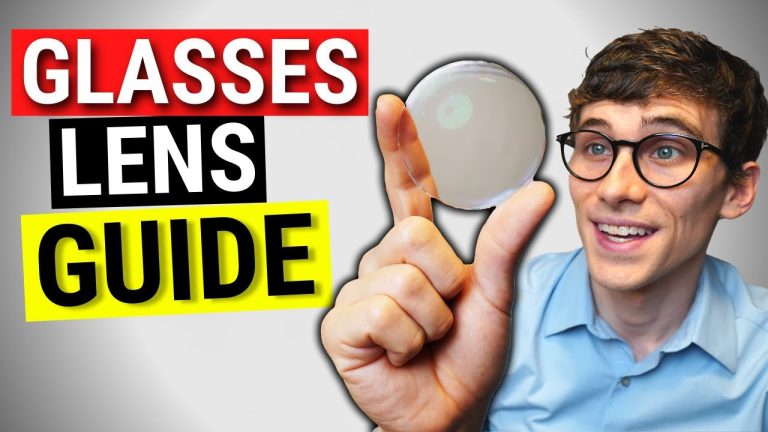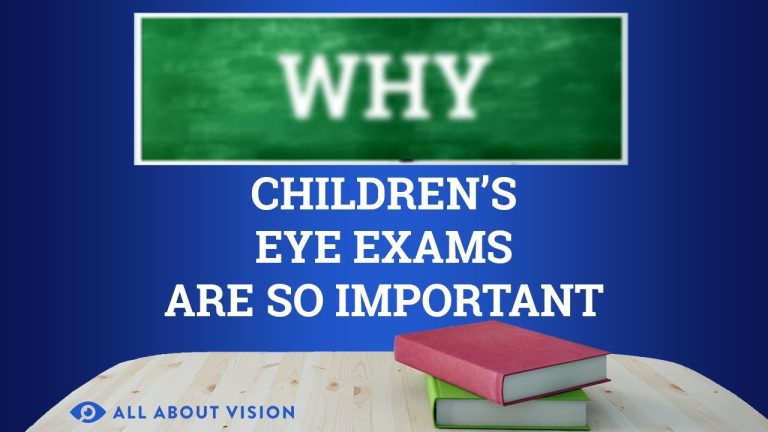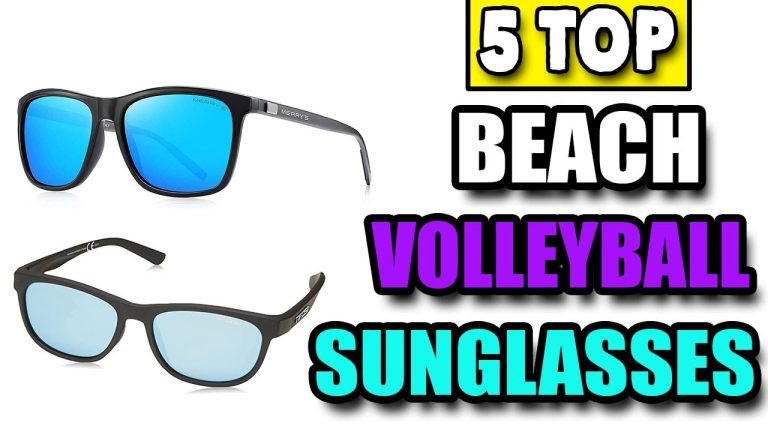Hoya Vision’s Guide to Choosing the Right Lens Material for Reading Glasses
Hoya Vision’s Guide to Choosing the Right Lens Material for Reading Glasses
As we age, our eyesight naturally deteriorates, which is why many people over the age of 40 need reading glasses to help them see small print clearly. If you are in the market for reading glasses, one of the most important decisions you will need to make is what type of lens material to choose. Here is a guide to help you make the right choice:
1. Polycarbonate
Polycarbonate is a popular choice for reading glasses because it is lightweight and shatter-resistant. This means that polycarbonate lenses are less likely to break if dropped or bumped, making them a good choice for people who are active or have a tendency to be clumsy. Another advantage of polycarbonate lenses is that they block 100% of harmful UV rays, which can cause damage to your eyes over time.
- Pros: Lightweight, shatter-resistant, UV-blocking
- Cons: Not as scratch-resistant as some other materials
2. Trivex
Trivex is a relatively new type of lens material that is gaining popularity for reading glasses. Trivex lenses are lightweight and have similar impact-resistant properties to polycarbonate lenses, but they are also more scratch-resistant. In addition, Trivex lenses have excellent optical clarity, which means that they provide clear, crisp vision.
- Pros: Lightweight, scratch-resistant, clear vision
- Cons: More expensive than some other materials
3. High-Index Plastic
High-index plastic is a type of lens material that is designed to be thinner and lighter than regular plastic lenses. This makes high-index plastic lenses a good choice for people who have stronger prescriptions, as they can reduce the thickness and weight of the lenses. However, high-index plastic lenses are not as impact-resistant as polycarbonate or Trivex lenses, so they may not be the best choice for people who are active or have a tendency to be clumsy.
- Pros: Thinner and lighter than regular plastic lenses, good for strong prescriptions
- Cons: Not as impact-resistant as other materials
4. Glass
Glass used to be a popular choice for reading glasses, but it is less common now due to its weight and fragility. Glass lenses are heavy and can break easily if dropped, which makes them a poor choice for people who are active or have a tendency to be clumsy. However, glass lenses do have excellent optical clarity and are highly scratch-resistant.
- Pros: Excellent optical clarity, highly scratch-resistant
- Cons: Heavy, fragile, can break easily
Ultimately, the best lens material for your reading glasses will depend on your lifestyle, your prescription, and your personal preferences. If you are unsure which material to choose, talk to your eye doctor or optician for guidance.
Contents
Most wanted in Hoya Vision:
What are prism eyeglass lenses?
Hoya Lens Engravings
What brand lenses does Costco use?
What does +0.25 mean on an eye test?
Do tinted glasses help with migraines?
Hoya Identification Chart
Should eyeglasses cover eyebrows?
What LED light is best for broken capillaries?
What is the difference between Ray Ban RB and Rx?
Does hyperopia worsen with age?
















